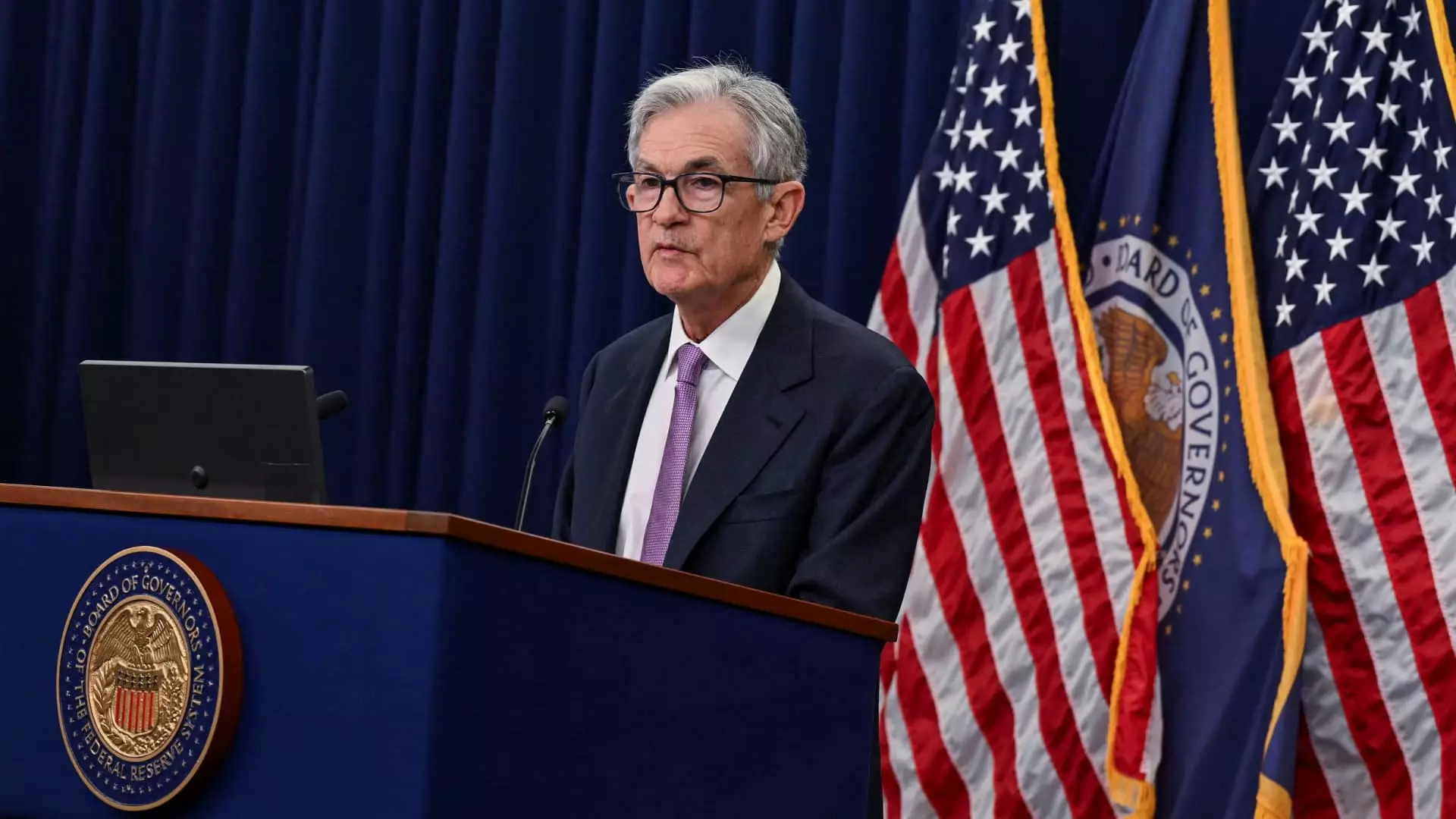The latest insights from the Federal Reserve’s November meeting have unveiled a blend of optimism and caution regarding the economic landscape of the United States. Minutes from the session indicate that officials are notably confident about the current trajectory of inflation, despite it continuing to hover above the target 2% threshold set by the Fed. This environment has opened the door for potential interest rate cuts, although policymakers suggest that such reductions will occur at a measured pace. The crux of this approach reflects a strategy aimed at balancing the dual mandate of promoting maximum employment while stabilizing prices—a task made more complex by emerging geopolitical dynamics and changing economic indicators.
Recent discussions among Federal Open Market Committee (FOMC) members highlight a general sentiment that, should existing economic conditions persist, the committee may proceed gradually to adjust its monetary policy toward a “neutral” stance. This perspective is significant, particularly in light of fluctuating inflation rates that compel officials to contemplate the implications of fiscal policies and their capacity to influence economic growth. The FOMC has recently reduced its benchmark interest rate to a range of 4.5% to 4.75%, reflecting a responsive adjustment to ongoing economic signals. As the market anticipates the possibility of further adjustments in December, concerns loom over the potential impact of incoming administration policies under President-elect Donald Trump.
Inflation Outlook and Labor Market Stability
The Fed’s deliberations indicate that many members regard the current inflation dynamics as cyclical rather than structural. Factors such as rising shelter costs have been flagged as substantial contributors to inflation, yet there is an expectation amongst policymakers that these pressures will ease as rental markets stabilize. The minutes reinforced a hopeful outlook where most participants expressed confidence in the prospects of inflation reverting to the targeted 2% sustainably. They believe that declining business pricing power, coupled with the existing restrictive monetary policy, will serve to alleviate inflationary pressures going forward.
Interestingly, despite a slowdown in the labor market, with nonfarm payrolls posting a modest increase of just 12,000 in October, Fed officials have opted to project a robust view of employment conditions. The rationale cited rests on the observation that any deterioration in hiring appears to be symptomatic of specific external factors, such as extreme weather events and labor disputes, rather than a broad-based decline in economic momentum. The robustness of the labor market plays a critical role in the Fed’s decision-making, as sustained employment levels can support consumer spending and mitigate the risks of recession.
One of the more intriguing aspects of the recent Federal Reserve minutes is the absence of direct commentary on the recent presidential election and its potential repercussions for economic policy. As discussions of fiscal policy, including anticipated tariffs and tax cuts, gained traction, the Fed appears to adopt a stance of uncertainty, reflecting apprehension regarding how these external factors may complicate the inflation landscape. The participants indicated a reluctance to speculate on how geopolitical tensions might reverberate through the economy and influence inflationary trends, thus advocating a cautious approach to rate cuts.
Moreover, the uncertainty surrounding the “neutral” interest rate—the point at which monetary policy neither stimulates nor limits economic growth—poses a risk to the Fed’s ability to navigate toward an optimal policy stance. Many participants acknowledged that conflicting signals regarding inflation and economic growth complicate their assessment of the appropriate level of restrictiveness. As a result, there seems to be a consensus on the need to advance with caution in adjusting rates, especially against a backdrop of changing political landscapes and potential structural shifts within the economy.
The Federal Reserve’s latest meeting underscores a complex interplay of economic factors and geopolitical uncertainties that shape monetary policy. With inflation still above target and a labor market displaying signs of resilience, policymakers face the challenge of implementing rate cuts responsibly while monitoring evolving conditions. The path forward is marked by a commitment to gradualism, as officials aim to balance risk and opportunity in an unpredictable economic environment. As the months progress, the Fed’s challenge will be to maintain this balance, ensuring that both inflationary pressures and employment conditions align with their overarching goals for economic stability. The cautious optimism expressed by the FOMC not only reflects current conditions but also embodies a prudent approach to navigating future uncertainties in the economic landscape.

